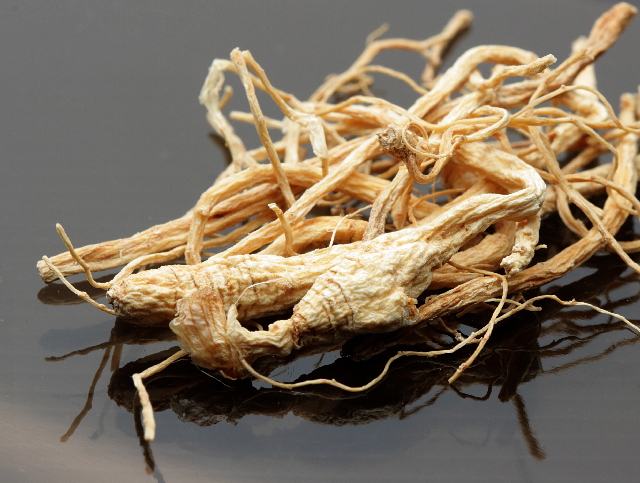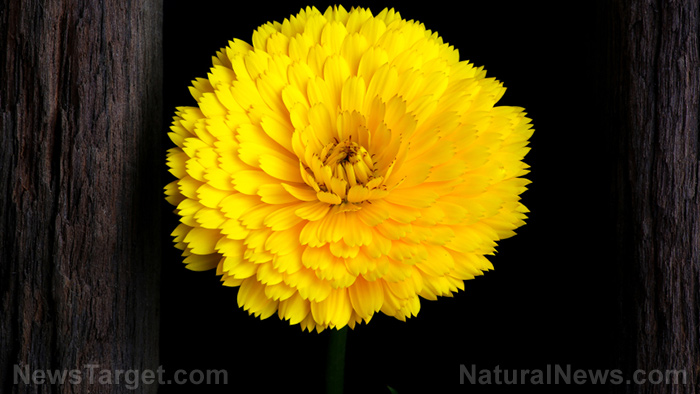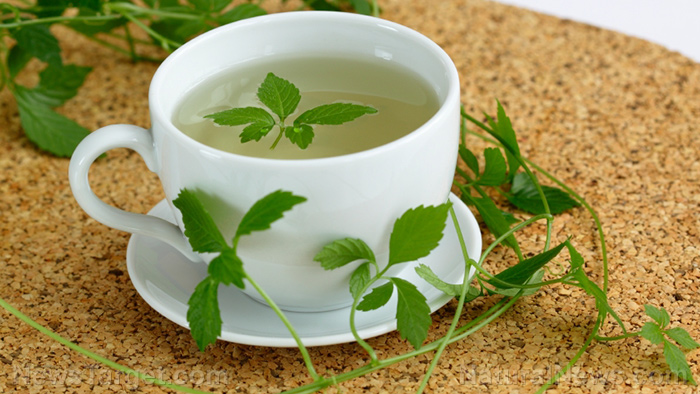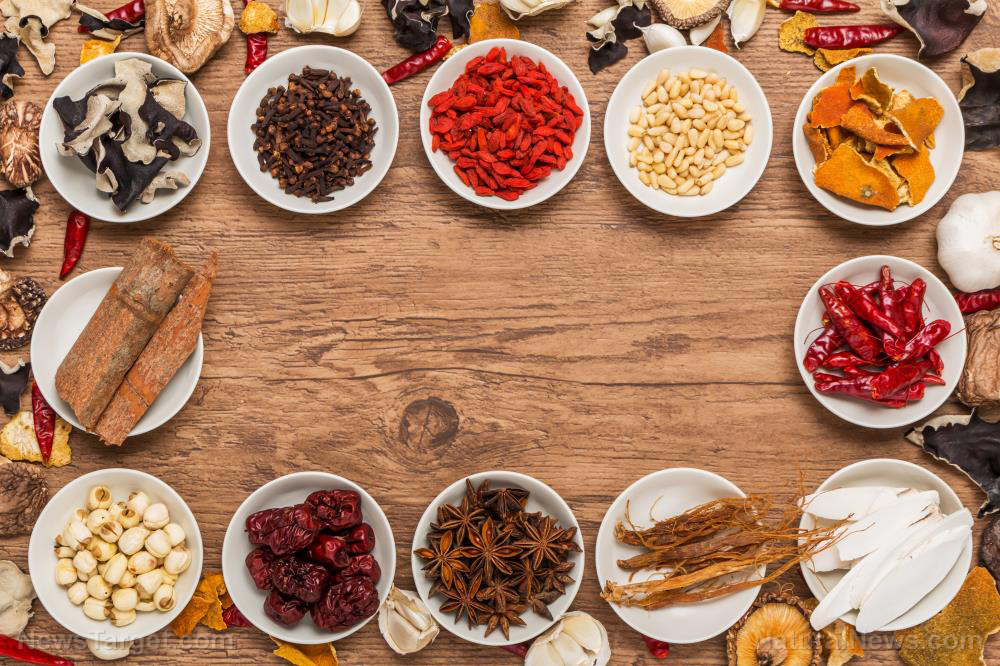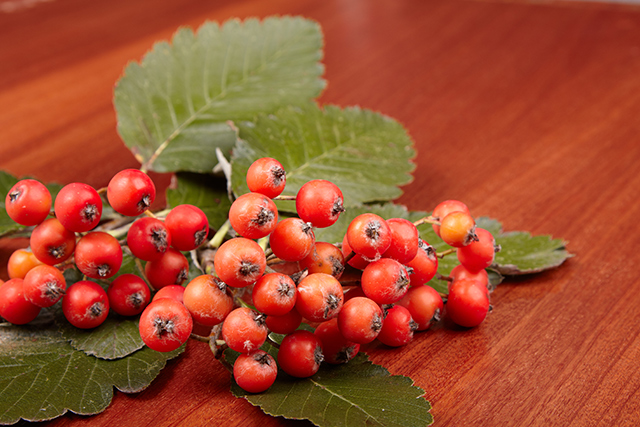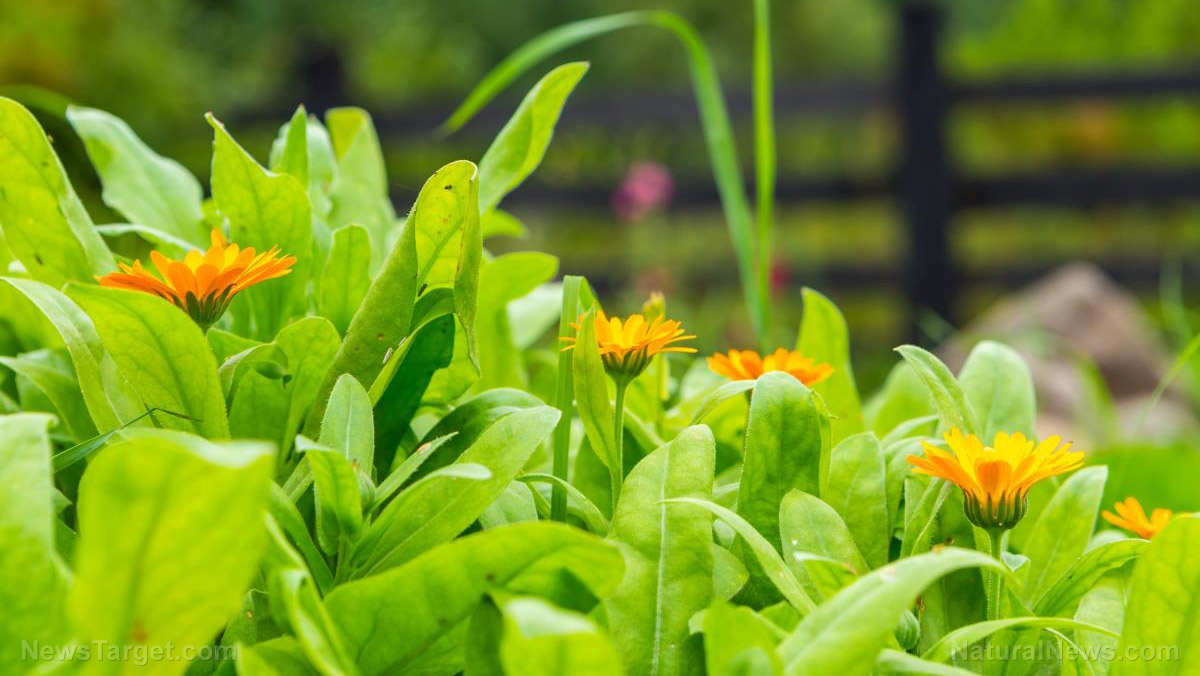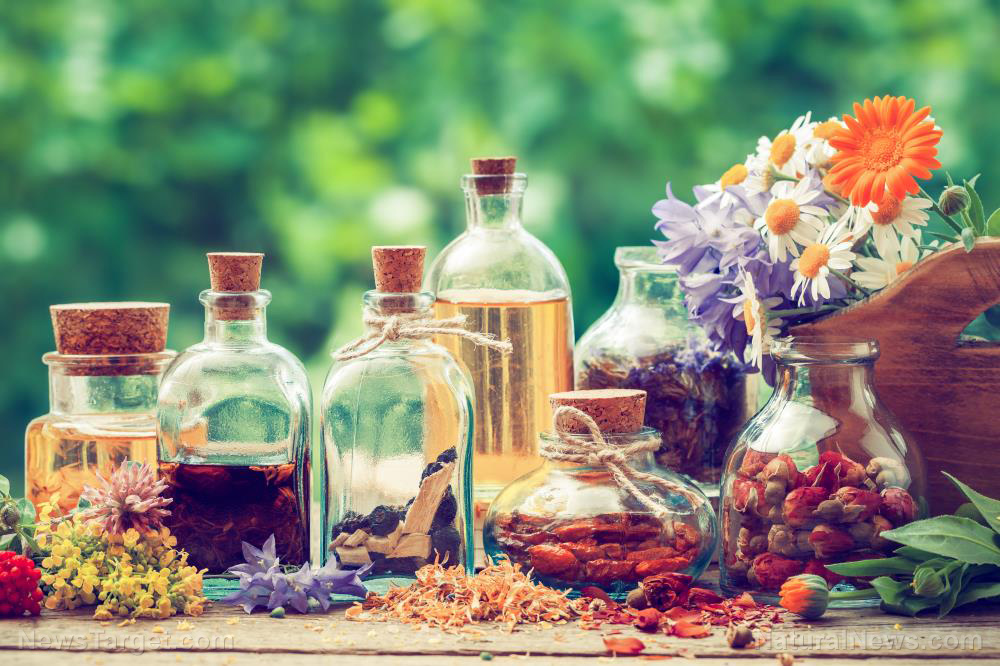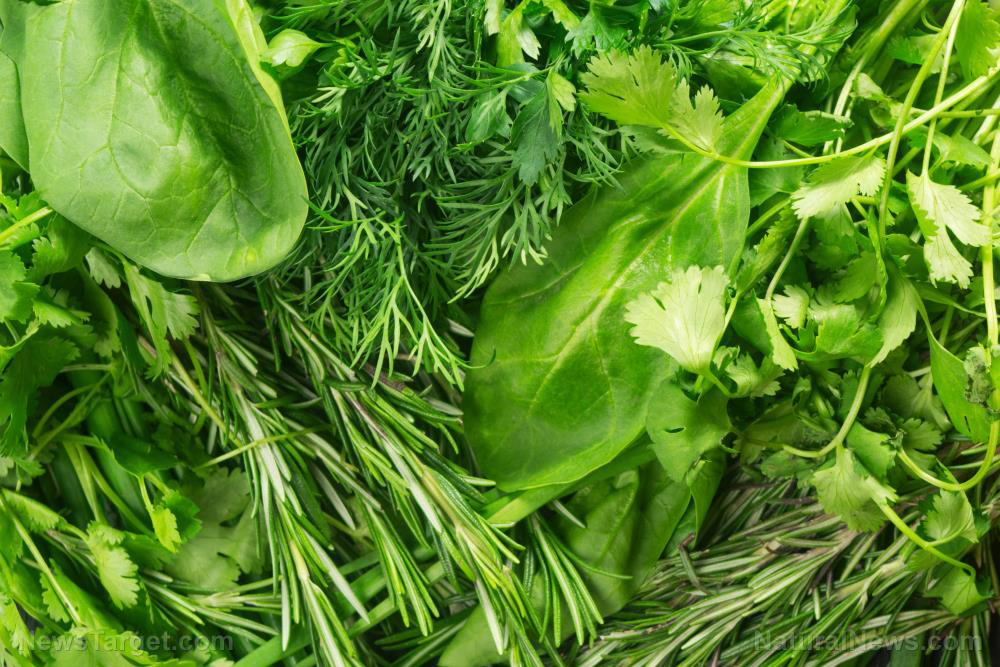Exploring the depths of alternative medicine: A comprehensive review of “The Gale Encyclopedia of Alternative Medicine”
06/17/2025 / By Belle Carter
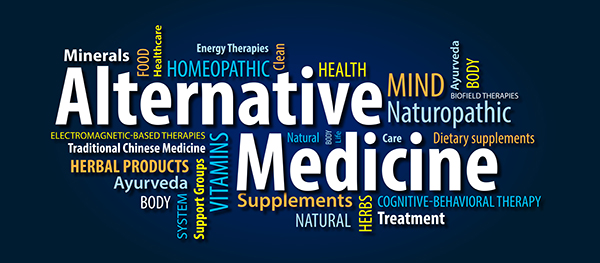
- The encyclopedia is a critical resource for individuals seeking natural and holistic approaches to wellness, offering insights into a wide range of alternative therapies and remedies.
- The book delves into alternative treatments for anxiety, highlighting the use of adaptogens like ginseng and ashwagandha, as well as therapies such as acupuncture and acupressure.
- The encyclopedia covers a broad spectrum of topics, including anthroposophical medicine, which emphasizes a balance between physical, emotional and spiritual health and applied kinesiology, which uses muscle testing for diagnosis. It also discusses the use of apricot seeds in Traditional Chinese Medicine, noting both potential benefits and risks.
- The book provides insights into the use of arginine for wound healing and cardiovascular health, the principles of aromatherapy using essential oils like lavender and peppermint and the nutritional benefits of arrowroot. It also discusses homeopathic remedies like arsenicum album and the creative benefits of art therapy.
- While exploring traditional practices like Ayurvedic Medicine and the use of bee pollen, the encyclopedia emphasizes the importance of balance and caution. It acknowledges the potential benefits of these practices while also highlighting the need for careful usage and further research to confirm their effectiveness.
“The Gale Encyclopedia of Alternative Medicine” by Jacqueline L. Longe emerges as an indispensable resource for health-conscious individuals increasingly seeking holistic and natural approaches to wellness.
Released to critical acclaim, the book has become a go-to reference for both natural health practitioners and patients alike, offering insights into a wide array of alternative therapies and remedies. This article delves into the key aspects of the encyclopedia, highlighting its significance and the diverse topics it covers.
The encyclopedia is designed to cater to a college-educated audience, providing detailed explanations and evidence-based insights into various practices. From ancient remedies to modern holistic approaches, the book covers a broad spectrum of topics, making it a valuable addition to any library.
One of the most pressing health concerns today is anxiety, affecting millions globally. The encyclopedia offers a comprehensive overview of alternative treatments for this condition. It discusses the use of adaptogens such as ginseng and ashwagandha, which are believed to help the body cope with stress. Additionally, therapies like acupuncture and acupressure are explored for their potential to balance the body’s energy and alleviate anxiety symptoms. These natural approaches are gaining traction as viable complements to traditional treatments.
The encyclopedia delves into the principles of anthroposophical medicine, developed by Rudolf Steiner. This approach views health as a balance between the physical, emotional and spiritual aspects of a person. It utilizes remedies made from plants, animals and minerals, often in homeopathic doses. The holistic nature of this practice emphasizes understanding the patient on all levels, moving beyond mere symptom management.
Applied kinesiology, a practice that uses muscle testing to diagnose and treat health issues, is another intriguing topic covered in the book. Practitioners believe that each muscle is linked to a specific organ or gland and imbalances can be detected through muscle response. While some studies suggest potential benefits, the encyclopedia acknowledges the need for further research to solidify its scientific foundation.
The encyclopedia also explores the use of apricot seeds in Traditional Chinese Medicine for respiratory diseases. Apricot seeds contain amygdalin, which is believed to have anticancer properties. However, the book cautions that amygdalin can break down into cyanide, highlighting the importance of careful usage. This example underscores the encyclopedia’s commitment to providing balanced information, blending traditional practices with modern scientific understanding.
Arginine, an amino acid crucial for wound healing, is discussed for its potential benefits in treating liver dysfunction and chronic heart failure. The encyclopedia cites studies suggesting that arginine can improve blood vessel function and benefit patients with high cholesterol levels and compromised circulation.
Aromatherapy, the practice of using essential oils for physical and psychological well-being, is another topic explored in depth. The book describes how oils like lavender, peppermint and eucalyptus can be used to treat conditions ranging from headaches and stress to respiratory issues and skin problems.
Arrowroot, a tropical perennial, has been used for centuries to soothe digestive issues. The encyclopedia explains its nutritional value and potential health benefits, acknowledging the need for further research to confirm its effectiveness.
Arsenicum album, a homeopathic remedy derived from arsenic, is discussed for its use in treating acute colds, bronchitis and chronic diseases like Crohn’s disease and herpes simplex. The book emphasizes the importance of using this remedy under the guidance of a qualified homeopath due to its toxic nature.
Art therapy, which utilizes the creative process to enhance well-being, is recognized for its benefits in helping individuals express their thoughts and feelings. The encyclopedia notes its particular effectiveness for children, adolescents and adults facing verbal communication challenges.
Ayurvedic Medicine, with its roots in ancient India, is a holistic system that emphasizes balance and harmony. The book describes how Ayurvedic practitioners use diet, detoxification, herbal remedies, yoga and meditation to restore health.
Finally, the encyclopedia explores the use of bee pollen, a natural supplement rich in nutrients and antioxidants. It is believed to enhance the immune system, improve vitality and reduce the effects of radiation and environmental pollution. However, the book warns that bee pollen can cause allergic reactions in some individuals, underscoring the need for caution.
In conclusion, “The Gale Encyclopedia of Alternative Medicine” is a comprehensive and invaluable resource for anyone interested in exploring the world of alternative medicine. Whether you’re seeking natural remedies for common ailments or aiming to deepen your understanding of holistic health practices, this encyclopedia is a must-have addition to your library. Its detailed and balanced approach makes it a reliable guide for both practitioners and patients alike.
Learn more about alternative medicine by watching the video below.
This video is from the BrightLearn channel on Brighteon.com.
Sources include:
Submit a correction >>
Tagged Under:
acupressure, acupuncture, alternative medicine, anthroposophical, Art therapy, Ayurvedic medicine, Bee Pollen, healing, holistic treatment, Homeopathy, Jacqueline L. Longe, natural remedies, Naturopathy, The Gale Encyclopedia of Alternative Medicine, traditional Chinese medicine, traditional cures
This article may contain statements that reflect the opinion of the author
RECENT NEWS & ARTICLES
Herbs.News is a fact-based public education website published by Herbs News Features, LLC.
All content copyright © 2018 by Herbs News Features, LLC.
Contact Us with Tips or Corrections
All trademarks, registered trademarks and servicemarks mentioned on this site are the property of their respective owners.


